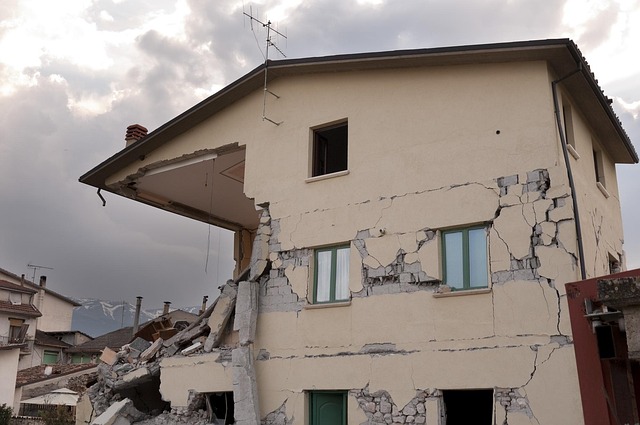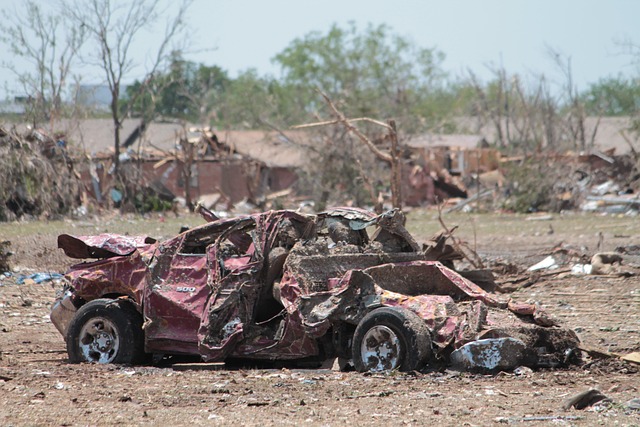Real estate vulnerability assessment is key to fortifying structures against environmental perils, including natural disasters and climate change. By analyzing historical data, developers can make informed decisions on building design, material selection, and site planning. Incorporating green infrastructure and adaptive designs further mitigates risks. This proactive approach ensures sustainable, resilient constructions, safeguarding investments, community safety, and promoting environmentally responsible practices in the real estate sector.
“In today’s world, reinforcing structures against environmental threats is paramount for sustainable development and resilient communities. This article explores critical strategies to safeguard real estate investments. We delve into assessing vulnerability in real estate, highlighting key factors that determine a property’s risk. Furthermore, we discuss implementing resilient building designs that can withstand extreme weather events. Additionally, the role of community preparedness in mitigating environmental disasters is explored, emphasizing collective efforts for long-term protection.”
Assessing Vulnerability in Real Estate

Assessing vulnerability in real estate is a critical step in reinforcing structures against environmental threats. It involves evaluating the potential risks posed by natural disasters, climate change, and other environmental factors unique to a specific location. By understanding these vulnerabilities, developers, investors, and policymakers can make informed decisions about building design, material choices, and site planning. This proactive approach ensures that new constructions or renovations are resilient and sustainable in the face of growing environmental challenges.
One key aspect is conducting thorough risk assessments, including analyzing historical data on events like floods, earthquakes, and storms. Incorporating green infrastructure, such as retention ponds, green roofs, and adaptive building designs, can also mitigate risks. Ultimately, assessing vulnerability in real estate isn’t just about compliance; it’s a strategic move to protect investments, ensure community safety, and promote environmentally responsible development practices.
Implementing Resilient Building Designs

In the face of escalating environmental threats, such as extreme weather events and natural disasters, implementing resilient building designs is no longer an option but a necessity in the real estate sector. Architects and engineers are increasingly turning to innovative structural solutions that prioritize adaptability, strength, and sustainability. These designs incorporate advanced materials, smart technologies, and creative engineering strategies to ensure buildings can withstand challenging conditions, minimizing potential damage and enhancing the safety of occupants.
By integrating features like robust framing systems, impact-resistant windows, and effective water management systems, developers are creating structures that offer better protection against environmental hazards. Such investments not only safeguard properties but also contribute to a more sustainable future by promoting eco-friendly practices within the real estate industry. This shift towards resilient building designs is a crucial step in building communities that can thrive even amidst challenging environmental circumstances.
Community Preparedness for Environmental Disasters

In the face of increasing environmental threats, such as natural disasters and climate change, community preparedness is a crucial aspect of resilience in real estate. Investing in robust infrastructure and education can significantly enhance a community’s ability to withstand and recover from these events. This includes developing early warning systems, designing resilient buildings and public spaces, and fostering neighborhood networks for mutual aid. By prioritizing sustainability and adaptability in both urban planning and individual actions, communities can mitigate risks and ensure a safer future for all residents.






